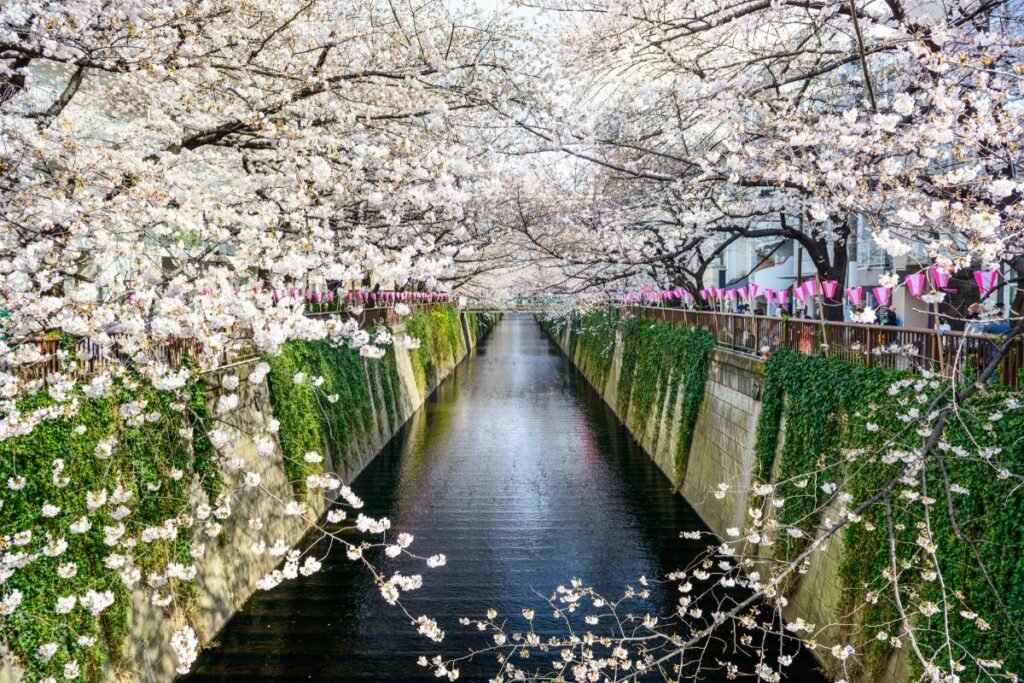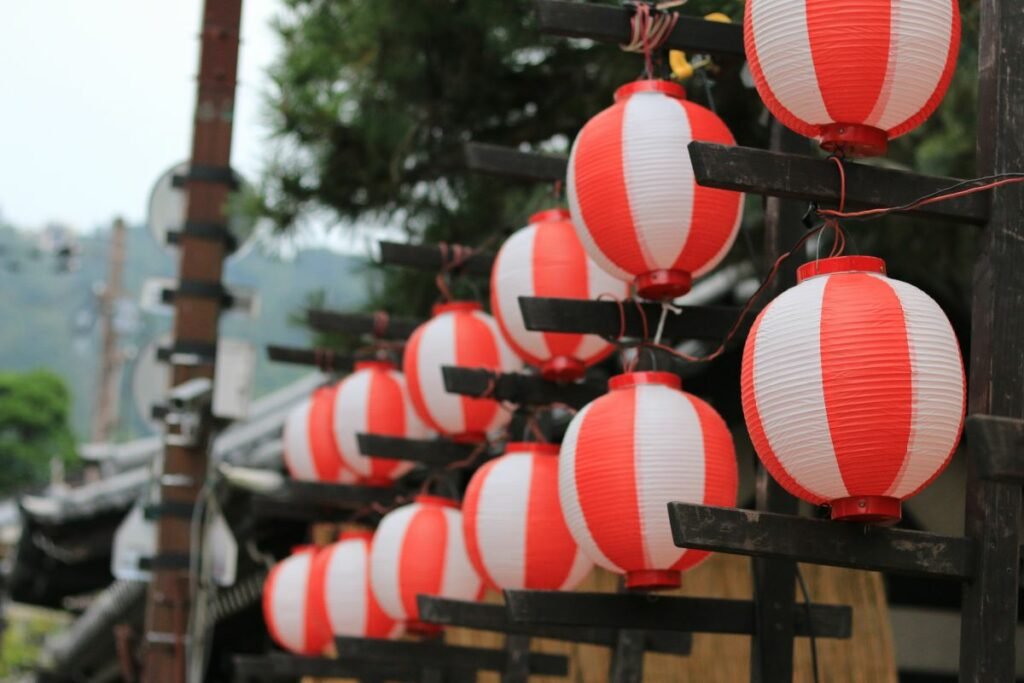For many people, spring is the best time of year. Winter has just ended, meaning the days begin to get longer and the weather begins to get warmer.
All around the world, different cultures have various ways they celebrate the coming of spring, and many different traditions happening throughout the spring season.

Japan is no exception. It is host to many wonderful spring cultural events and celebrations. It is also a beautiful time of year throughout the whole country.
However, if you’re hoping to see Japan in the spring, it is important to know when exactly in the year this season takes place. In this article, we will discuss when spring takes place in Japan, and more! So, if this is of interest to you, then read on!
When Does Spring Take Place In Japan?
Like many other countries across the world, spring in Japan begins in March and finishes at the end of May.
For the locals, this means the start of the fiscal and school year (see also, ‘How Long is Summer Break in Japan?‘). The air is full of a sense of revitalization and renewal as the season changes. As the cold wind dies and warmer weather starts to rise, Japan comes to life.
Both locals and tourists will feel a new sense of energy in everything. This is especially true because of the festivals, flowers, and food that comes in with the spring.
Let’s check out the fun spring things you can do in Japan!
What Is Spring Weather Like In Japan?
First, let’s discuss what spring weather is like in Japan. As a country, Japan will experience the extent of the four seasons. However, the weather can differ from area to area. For example, in March, Okinawa is much hotter than Hokkaido (see also, ‘How Big is Okinawa?‘).
However, in most places during the spring, Japan will see hot afternoons and cool evenings.
For reference, let’s check out the average temperature of spring weather in Tokyo.
March
- Mornings and evenings: 41°F
- Afternoons: 55°F
April
- Mornings and evenings: 51°F
- Afternoons: 65°F
May
- Mornings and evenings: 59°F
- Afternoons: 73.5°F
Usually, people recommend bringing a coat to Japan if visiting in March, and a light jacket if visiting in April or May.
Some of the sunniest days in Japan will happen in the spring. And, best of all. There is a lack of humidity, which is why people spend a lot of time outside during this season.
Cherry Blossoms In Japan
Cherry blossoms, also called sakura, are in full bloom during the spring (learn more about the meaning of Sakura here). If visiting, expect to see a host of pink petals as they glide through light breezes in the air.
Many people say they feel nostalgic about their past and excited for their present when they see the cherry blossoms, and we have to agree.
Cherry blossom viewing is popular in Japan. Many tourists in the spring will take walks throughout parks and take pictures of them. Most Japanese people will delight in hanami during this time.
Here, they have picnics with friends or family under trees. The purpose of hanami is to look at flowers and spend time with those important to you.
Additionally, springtime is an opportunity to enjoy sakura-flavored treats!
Cherry blossom season typically only lasts for 10 days. So, make sure that you plan your trip so you can include it! If you do miss it then do not worry! There are plenty of other beautiful flowers in bloom during the spring, such as plum blossoms, wisteria, tulips, and narcissus flowers.
What Are The Springtime Festivals And Holidays In Japan?

There are many different spring festivals and holidays in Japan, let’s check them out in more detail below!
Hina Matsuri
Hina Matsuri is a day where Japanese people pray for the success and happiness of their daughters. Their patterns will prepare a meal, especially for the day, and decorate their home with dolls to celebrate.
This meal contains seasonal ingredients, and every dish within the meal has its own meaning. For example, hina-arare is representative of the four seasons of Japan.
The origin of Hina Matsuri dates back to a time when straw figurines were made to wish for prosperity and health and to ward off evil. Families with daughters would float these figurines down the river in order to prevent bad luck.
In today’s society, Hina Matsuri celebrates girls ten and under. The holiday ends in early spring.
Kodomo No Hi
Boys’ day, now referred to as Kodomo no Hi (children’s day) in Japanese, falls towards the end of spring. During the spring, you will see koi no bori, fish streamers of many bright and bold colors, lining the streets. These are put in place in anticipation of Kodomo no Hi.
On the actual date of Kodomo no Hi, samurai dolls are put on display to highlight the happiness and strength of the children of Japan.
Golden Week
Kodomo no Hi is part of a wider spring celebration in Japan, known as Golden Week. There are two weekends and five national holidays during this time, so many businesses and schools will be closed for the duration of the holiday.
Japanese people will typically take this time to travel. The streets become busier, and prices become higher. In fact, a lot of travel agencies will advise tourists against traveling to Japan during this time.
However, when visiting Japan before or after Golden Week, you can partake in strawberry picking. You will be able to travel to rural areas and pick the strawberries that grow abundantly in the spring.
Spring Allergies In Japan
As you may know all too well, spring is a time of allergies. All around the world pollen fills the air, and many people who suffer from hayfever will begin to experience symptoms as a result.
In Japan, those with hayfever typically wear surgical masks in order to protect themselves from breathing in the pollen. This also works to prevent colds and passing germs onto others.
So, if you suffer from hayfever then you may want to consider doing this too if you visit Japan during the spring.
Final Thoughts
Japan in spring is a beautiful place, filled with blooming flowers, plenty of sunshine, and fun-filled celebrations, traditions, and festivities. It is one of the best times to travel to Japan!
- What Is a Maiko? - July 13, 2025
- What Does Domo Arigato Mean? - July 12, 2025
- What Does Naruto Mean? - July 12, 2025








